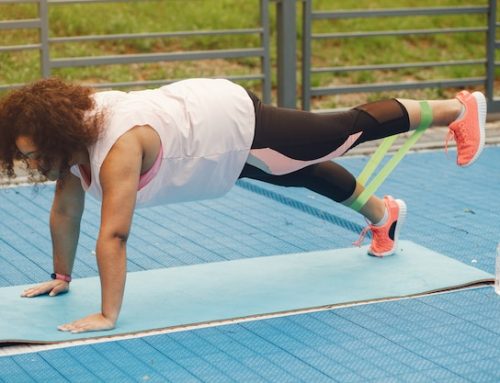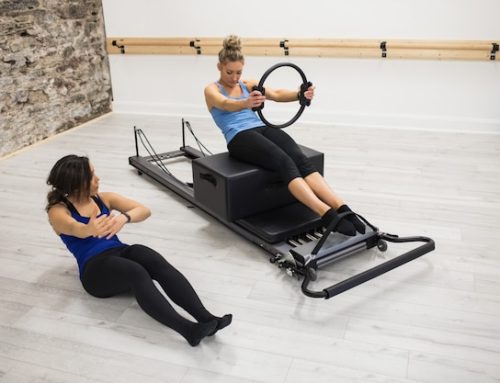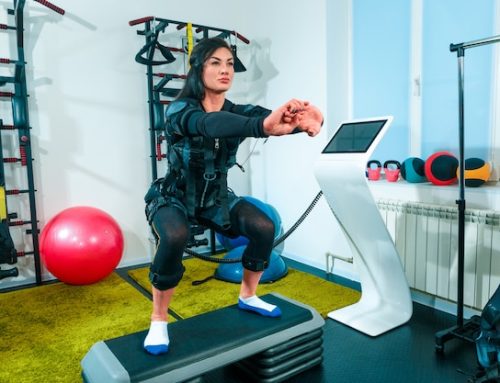Introduction
High-intensity interval training (HIIT) has become one of the most popular workout routines because of its high effectiveness in burning fat and building endurance. HIIT involves a combination of repeated short bursts of intense exercise with less intense recovery periods. However, for beginners, HIIT can be quite challenging and intimidating, so it’s important to know the best way to get started.
Understanding HIIT
Before jumping into the best way to start HIIT, it’s important to understand what it is and how it works. HIIT involves short, intense bursts of exercise, followed by less intense recovery periods, usually with active rest or complete rest. It’s designed to push the body’s limits and challenge it to adapt and improve. The intensity of HIIT requires the body to work hard to burn fat and build endurance. Compared to steady-state cardio, HIIT increases EPOC (excess post-exercise oxygen consumption) which means the body continues to burn calories even after the workout.
Starting Out with HIIT
For beginners, the thought of HIIT can be alarming because of the misconception that HIIT is only for the fittest individuals. However, there are several ways to ease into HIIT without feeling overwhelmed or discouraged. The best way to start HIIT is to begin with low-intensity intervals for a short period, gradually increasing both the intensity and duration of each interval. A beginner could start by doing 30 seconds of high-intensity exercise followed by 90 seconds of active recovery for a few rounds (for instance, 4-5 rounds).
Choosing the Right Exercises
When starting with HIIT, it’s important to choose exercises that are not too challenging, but effective in raising the heart rate. Some good options for beginners include jumping jacks, high knees, butt kicks, mountain climbers, and burpees. These exercises can be modified to suit individual fitness levels and modified for any injuries or limitations. A beginner could start with one or two exercises to begin with, then gradually increase the number of exercises and repetitions.
Warming Up and Cooling Down
Before starting any exercise routine, it’s important to warm up to reduce the risk of injury. A good warm-up routine could be five minutes of light cardio such as walking or jogging, followed by some dynamic stretching to prepare the body for the workout. Similarly, cooling down after the workout with some light stretching is also important to reduce muscle soreness and prevent injury.
Tracking Progress
Tracking progress is important to stay motivated and see the results of the workout. Keeping a record of the number of rounds, time, and intensity could help track progress and set new goals. A beginner could use a fitness tracker or a simple stopwatch to keep track of their progress.
Frequency and Rest
It’s essential to remember that HIIT is a high-intensity workout, and the body requires rest to recover and adapt to the stress. A beginner could start with two to three HIIT workouts per week, with at least one day of rest in between. It’s also important to listen to the body and not push it too hard, as this could lead to burnout or injury.
Conclusion
HIIT is an effective workout routine for burning fat, building endurance, and improving overall fitness. However, beginners need to approach HIIT with caution and start slowly to avoid injury or burnout. Starting with low-intensity intervals, choosing the right exercises, and tracking progress can all help to ease into HIIT. By listening to the body, taking rest days, and staying motivated, beginners can enjoy the benefits of HIIT and improve their fitness.






